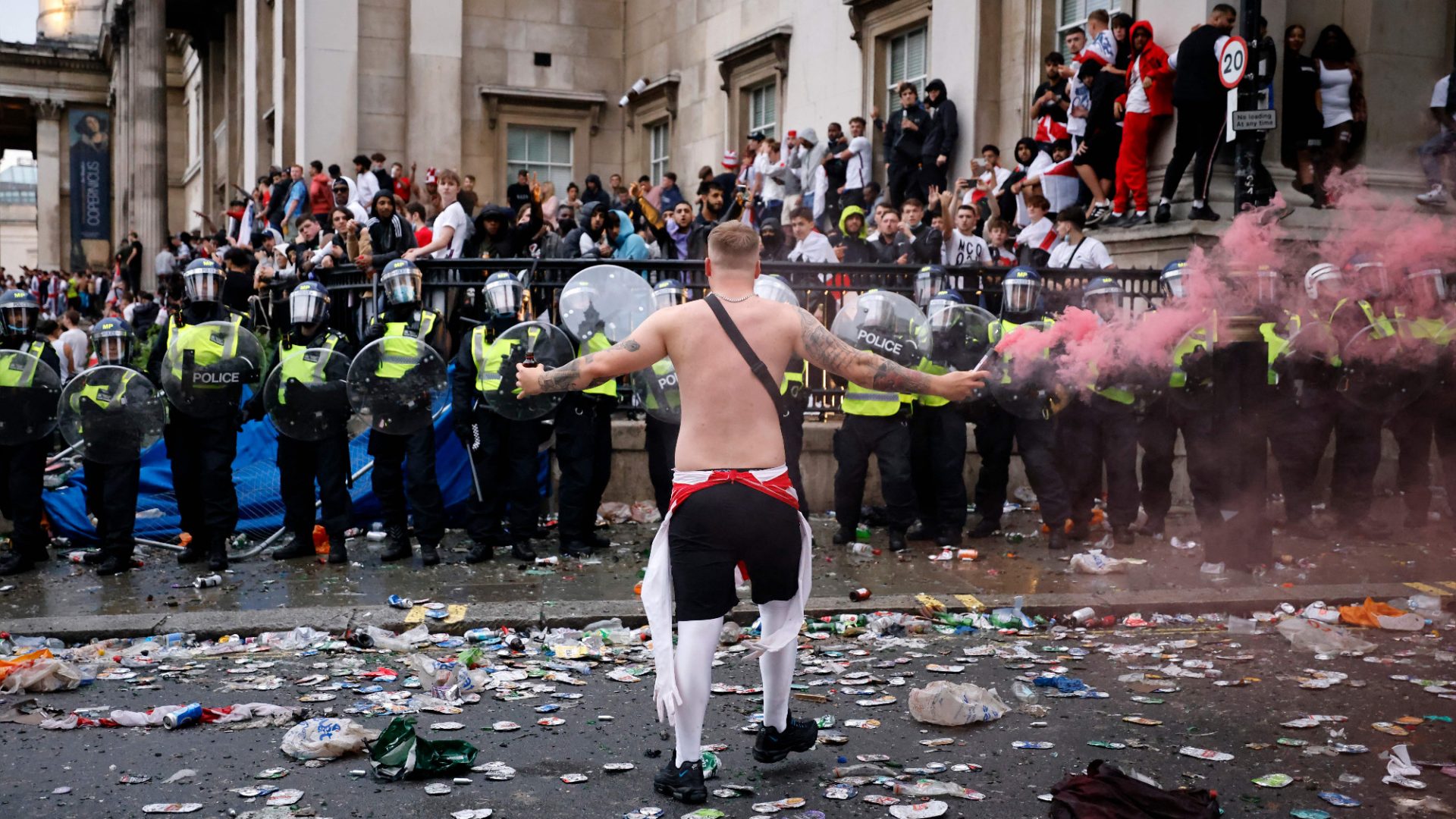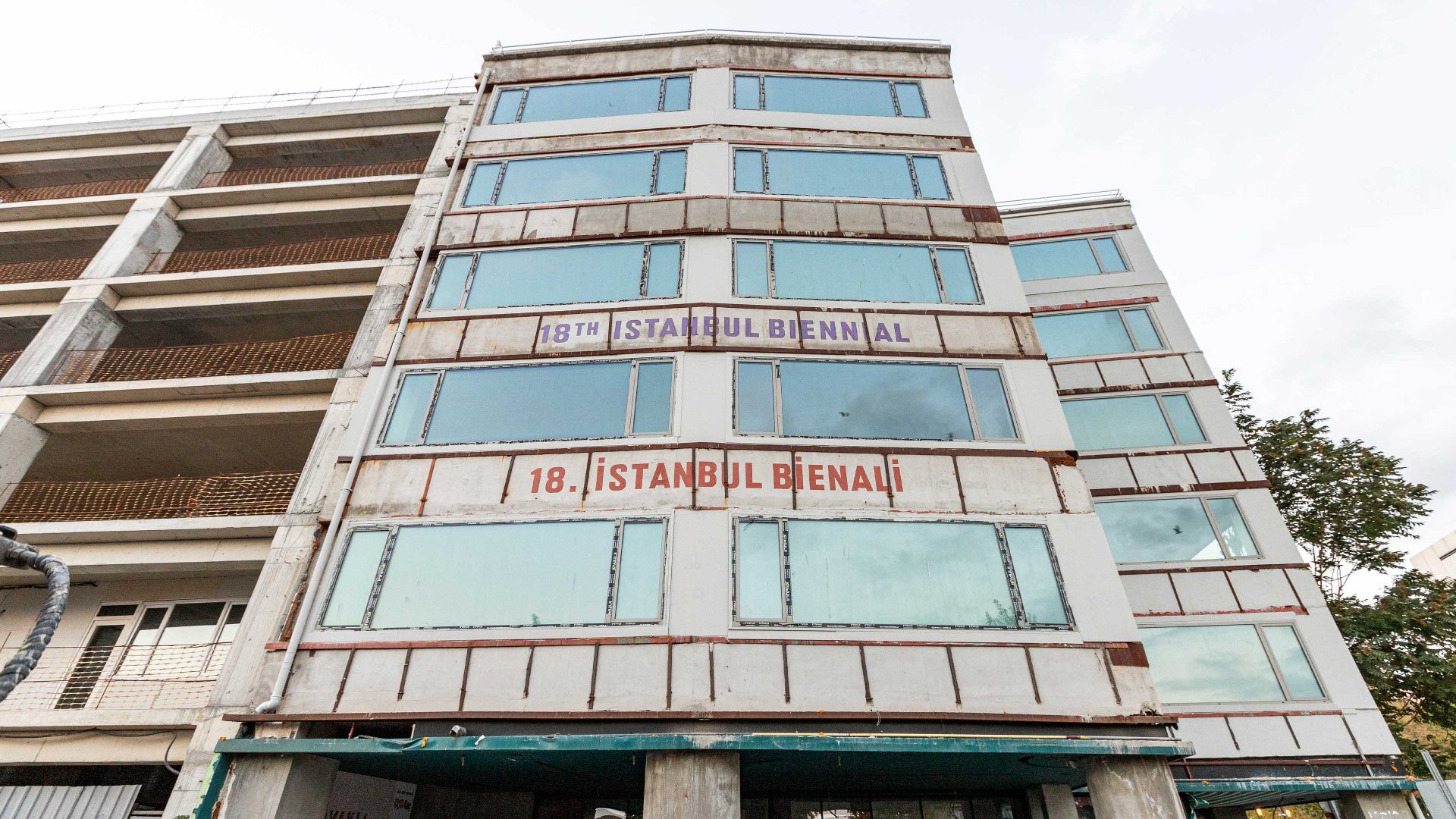As the new football season gets into its stride, a pre-match pint or half-time Bovril seems not to be enough any more. You can see and hear it all at grounds across Britain – men passing around little bags of white powder on the concourses, the sound of strong nasal inhalations coming from the toilets, occasionally the sight of someone “doing a quick key” in the stands.
Anyone who has ever taken cocaine, or has been around those who have, knows the signs of its use – dilated pupils, jitters, gurning. Even in the mid-to-late-90s, when drug use seeped into the wider culture thanks to Oasis and Britpop-driven “laddism”, this kind of behaviour at football was rare – certainly, I only witnessed drug-taking at football matches on isolated occasions.
But in the last few years, things have changed, seemingly at every level of professional football. A fan of a League Two club told me that cocaine use had noticeably increased, “especially on away days. When I was stewarding coaches, I witnessed it being used and had to ban some, as they were abusive. Mainly males between 20 and 40.”
A matchday steward at a Premier League club said: “It’s not new, but it’s definitely got worse. It used to be a furtive activity. Now it’s deemed acceptable to do it openly.”
Research suggests these experiences are not unusual. Dr Richard Purves is a senior research fellow at the University of Stirling, whose health and behaviour experts studied drug use at football matches in 2023.
“In the UK and certain European countries, emerging local studies, police reports and matchday incident logs suggest an uptick in drug-related issues linked to football crowds,” Dr Purves told me, though he pointed out the lack of conclusive large-scale academic evidence. “This includes a higher frequency of arrests, anecdotal accounts from law enforcement and stadium staff, and growing concerns over disruptive fan behaviour.”
A post-lockdown effect, following the end of Covid restrictions, may have played a significant part in the emboldening of cocaine use at football matches. The most high-profile and notorious example came at the Euro 2020 final at Wembley, which, because of Covid, took place in July 2021. It was the scene of large-scale disorder and open alcohol and drug consumption.
Zaheen Ahmed, the director of therapy at the Ukat (UK Addiction Treatment) Group, believes there is a clear link. “We found that following the Covid lockdowns, when everyone was allowed to socialise properly, drug use at football games exploded. We believe people binged on drug use during this time, using being back together as the excuse to indulge in drug use to excess.”
“It absolutely did get bad for a couple of years after the end of lockdown,” the editor of a League One club fanzine told me. “It’s calmed down more recently. It’s mainly the Old Bill pushing back though, the club is pretty useless.”
Suggested Reading

Paris’s tower block football factory
One way in which police have been pushing back is a recent law change to specifically address drug use. Previously, the closest relevant legislation, the Football Spectators Act 1989, covered offences relating to alcohol and public order but made no provision for drug offences. This led to the Football Spectators (Relevant Offences) Regulations 2022.
Dr Purves points out that these new powers led to police stepping up searches and use of sniffer dogs and swabbing; “Therefore, while the figures suggest a growing problem, the jump may reflect intensified enforcement.”
The first such ban was secured by Staffordshire Police last December, when a 52-year-old man admitted to using drugs at a League One fixture between Burton Albion and Charlton Athletic. Earlier this year, Essex Police secured their first drug-related football banning order when a Southend United fan was arrested after ground staff spotted him repeatedly visiting the toilet, and presumably displaying behaviour that suggested something other than bladder issues. Both men were handed three-year bans, with the law allowing for bans of up to 10 years.
When I contacted the Football Association to ask how severe they felt the issue was, they reiterated simply that Wembley Stadium “has a zero-tolerance approach to any form of illegal conduct, including the use of drugs. As per our ground rules any person caught in possession of illegal substances may be refused entry or ejected from the stadium.”
Yet along with the Premier League and the English Football League, the FA gave their backing to the change in legislation, suggesting an acknowledgement at the highest levels of the game’s governance that escalating drug use in their grounds needs addressing.
At its height during the late 1970s and 1980s, hooliganism was often referred to as the English or British Disease, but Dr Purves says of the rise in cocaine use “it is unlikely that the issue is confined to the UK.” Last season, TV cameras hastily cut away from the Bayern Munich end during a Champions League defeat to Aston Villa when one fan of the German club could be seen pouring out and snorting a substance off his hand.
Yet while Zaheen Ahmed doesn’t rule out the trend being echoed abroad, he does feel a uniquely British binge culture is a factor. “Our socialisation style is to do most things to excess – whether that’s drinking alcohol or using drugs. It seems that we do things to the extreme.”
Nathan O’Hagan is a novelist, short story writer and publisher



